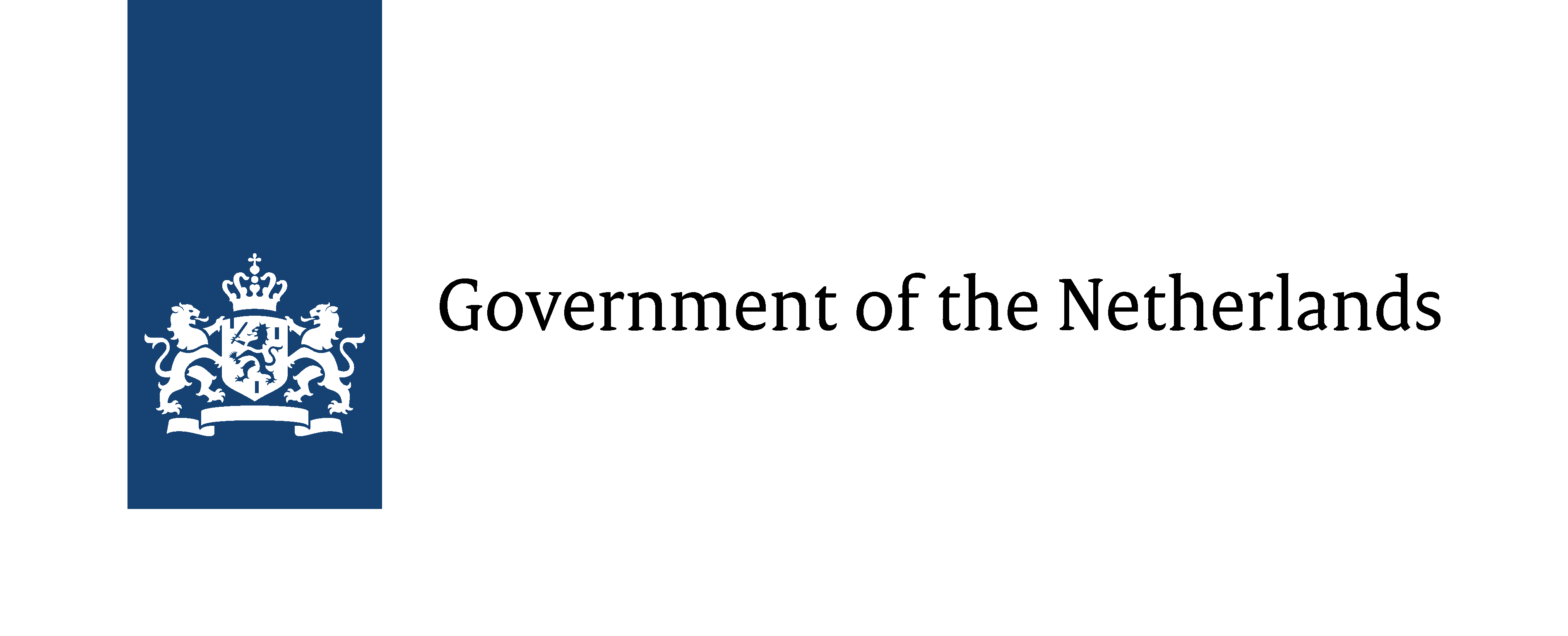
Database tells the story
Renske Ebbers, Germany expert, presented the new DutchCulture database (to be launched on the 17th of December) at the Embassy of the Netherlands in Berlin.
We have gotten used to it: anyone working in the cultural field, has to make his or her activities visible and their impact tangible. Not only cultural practitioners and artists spend ever more time on this, policy makers alike keep it high on the agenda. For this reason I also find myself presenting our brand new database at the Embassy of the Netherlands in Berlin. This platform is where we will gather all Dutch international artist activities, sort them and most of all, make them visible. Thematic tendencies, growing disciplines or urban hotspots, all of which are mutually agreed upon but rarely proven, hope to find their existential right in our data.
Prove the assumption
For the Dutch cultural field it will be a source of information and inspiration, easing the step to work abroad. Plus it can function as an international portfolio for artists, by the accumulation of their activities. What will it add to policy making? For the Dutch Embassy audience to my presentation in Berlin, the database will be an important source of information, as they are all working for diplomatic missions in culturally diverse regions of Germany. How can you illustrate that since two years the regional cooperation in Nordrhein-Westfalen is growing in the field of cultural participation? How do you prove the assumption that for Dutch Designers Munich is the go-to city? Visibility and impact of culture is of growing importance for the practice of artists and for defending cultural policy on national level.
Database tells a story
For someone like me, having one foot in the German and the other in the Dutch cultural field, connecting the information from both sides is of great importance. For example, the next time I pass by the KW Institute for Contemporary Art on a freezing Wednesday afternoon, I will instantly find in the database an online story, telling me about the meaning of this particular space for the Netherlands: based on the number of artists and their level of experience, who exhibited here (eight in 2018, including a book launch), the new articles in which it is featured (this is the first), the Dutch financing structures that it is connected to (Mondriaan Fund). The more information I can find, the more I will use the database and the more information will be added to it; and eventually, the more attractive it will be for everyone involved to actively use it.
Space to connect
During my stay in Berlin I also met the chief editor of Creative City Berlin Jens Thomas. This is the online cultural platform for the German capital. Here artists find information on the newest trends, projects or jobs, and most of all, they can find each other. This example of an open and transparent way of working together, by sharing experiences and chances, is vital in times of information overload, even more so on the level of international collaboration. On that note, I hope that our DutchCulture database will become a similar cultural platform: an archive-within-reach, argument for assumptions, inspiration for advice and above all a space to connect.

